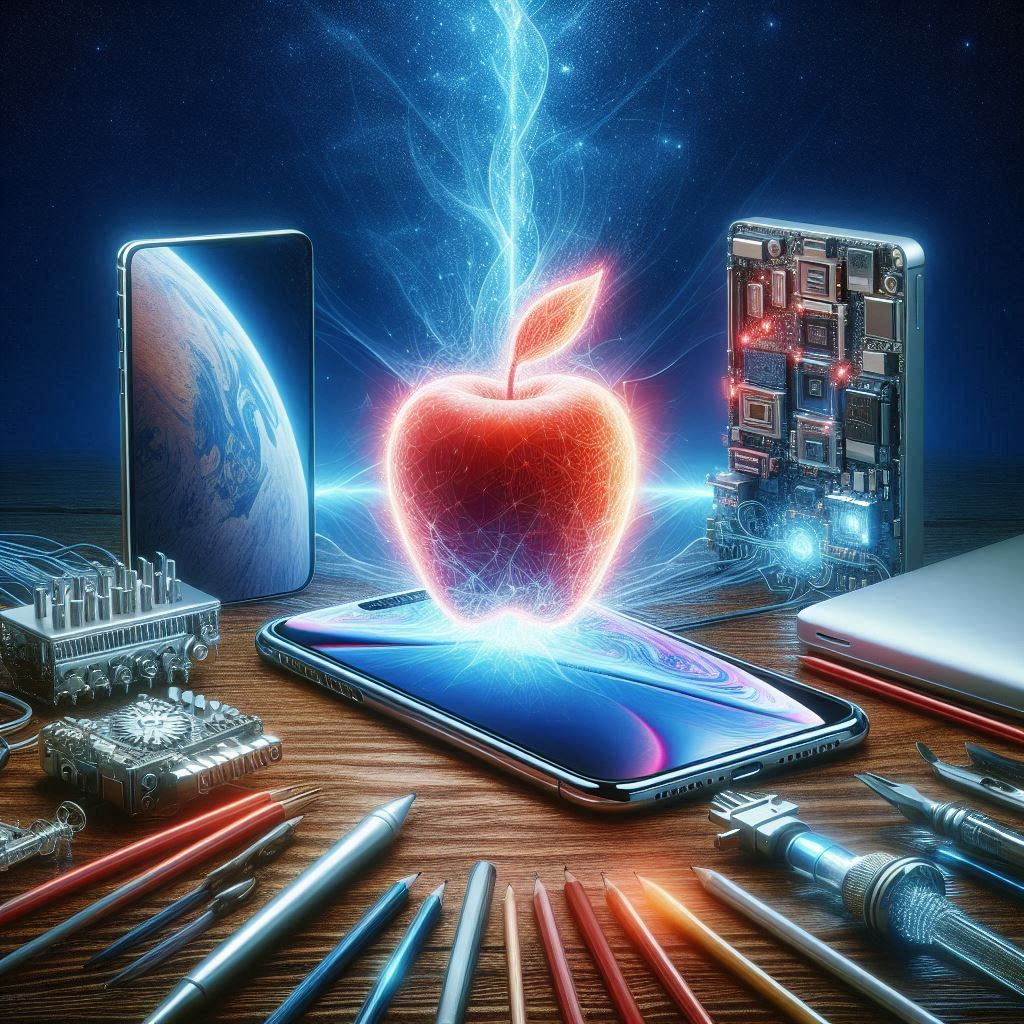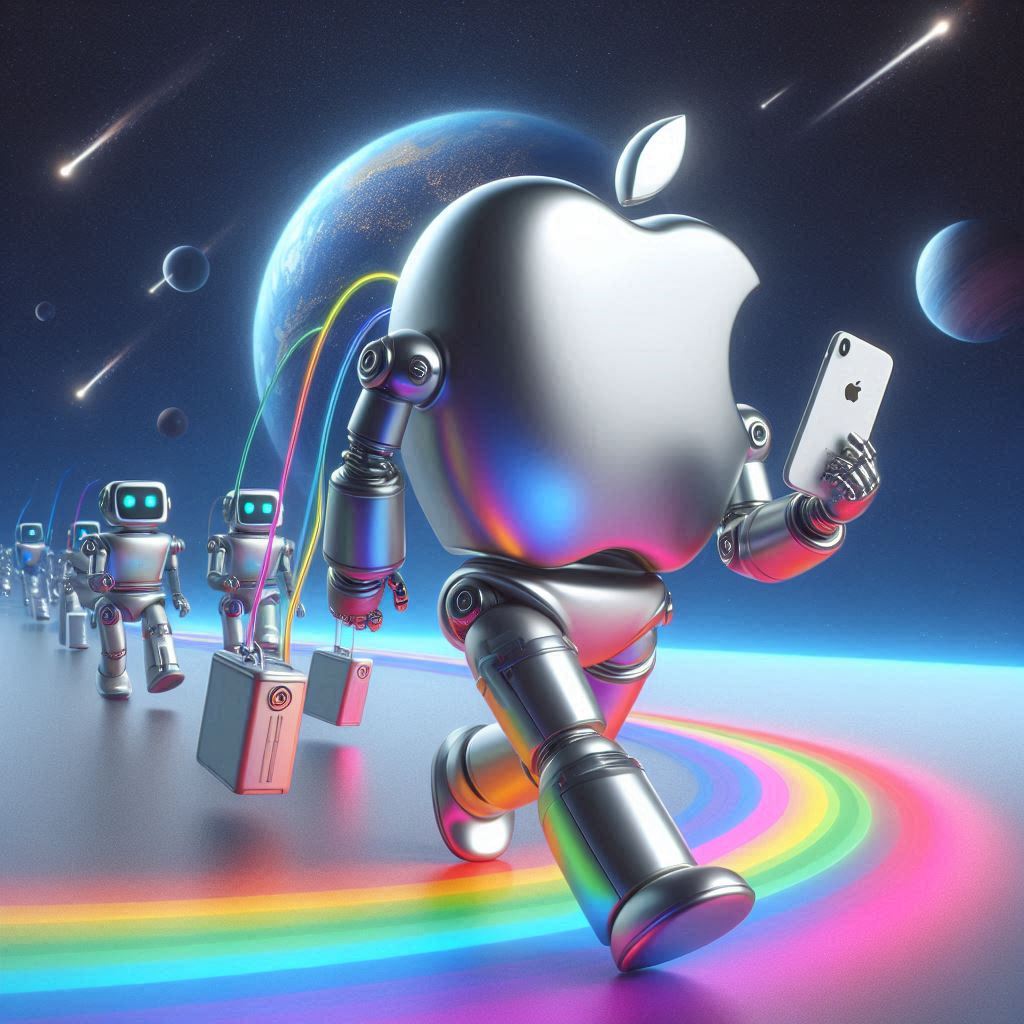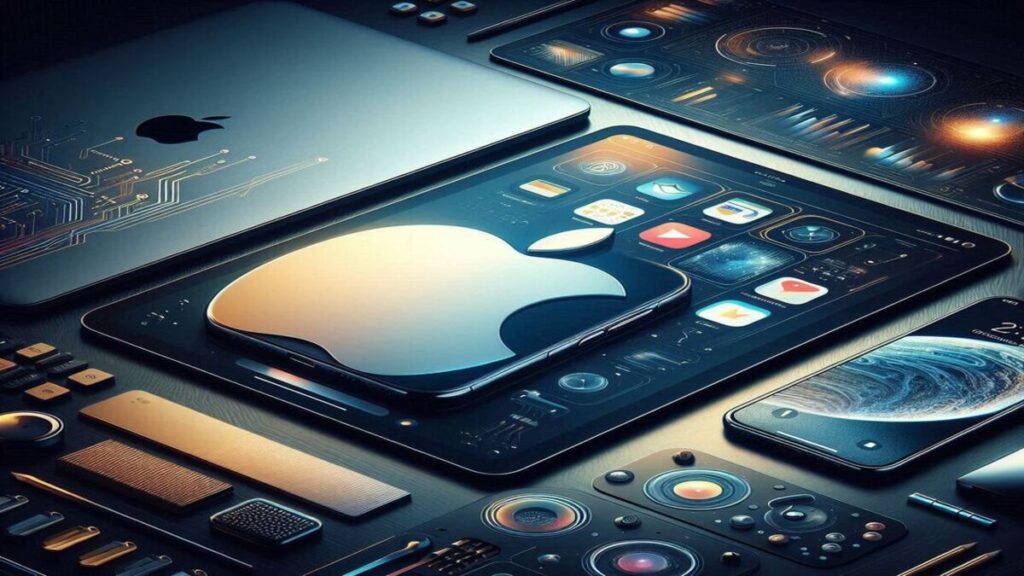Apple Inc., commonly known as Apple, has been a household name for decades. From its humble beginnings in a California garage to its current status as a global technology giant, Apple Inc has consistently pushed boundaries and transformed the way we live, work, and communicate.
Early Days

Founded in 1976 by Steve Jobs, Steve Wozniak, and Ronald Wayne, Apple Inc started as a personal computer manufacturer. The Apple I, introduced in 1976, was one of the first personal computers on the market. However, it was the Apple II, launched in 1977, that brought the company its first taste of success. The Apple Inc II was designed to be user-friendly and aesthetically pleasing, characteristics that would become hallmarks of Apple’s products.
The Macintosh Era
In 1984, Apple introduced the Macintosh 128k, a revolutionary computer that popularized the graphical user interface (GUI). The Macintosh was the first commercially successful computer to use a mouse and graphical icons, making it easy for non-technical users to navigate and use.
The Return of Steve Jobs
After a power struggle, Steve Jobs left Apple in 1985, only to return in 1997 when Apple acquired NeXT, a company co-founded by Jobs. This marked a significant turning point in Apple’s history. Jobs’ vision and leadership transformed the company, and Apple began to focus on innovation, design, and customer experience.
The iRevolution

In 2001, Apple launched the iPod, a portable music player that revolutionized the music industry. The iPod’s sleek design, user-friendly interface, and seamless integration with iTunes made it an instant hit. The iPhone, the Apple Inc introduced in 2007, combined a mobile phone, iPod, and internet communications device into one product, changing the face of smartphones forever. The iPad, launched in 2010, popularized the tablet computer, offering a larger, more immersive experience.
Innovation and Design
Apple Inc commitment to innovation and design has led to numerous groundbreaking products and services. Some notable examples include:

- App Store: Launched in 2008, the App Store offers a vast selection of apps, games, and content, with over 2 million options available.
- Siri: Introduced in 2011, Siri is a virtual assistant that uses natural language processing to answer questions, make recommendations, and perform tasks.
- Apple Watch: Released in 2015, the Apple Watch is a smartwatch that tracks fitness, receives notifications, and controls music playback.
- AirPods: Launched in 2016, AirPods are wireless earbuds that offer a seamless listening experience, with effortless pairing and long battery life.
Services and Ecosystem

Apple Inc ecosystem is designed to be seamless and integrated, allowing users to easily share files, photos, and music across devices. Some key services include:
- iCloud: A cloud storage and syncing service that keeps users’ content up-to-date across devices.
- Apple Music: A music streaming service offering access to millions of songs, playlists, and radio stations.
- Apple TV+: A streaming service featuring exclusive original content, including TV shows and movies.
Sustainability and Social Responsibility
Apple has made significant strides in sustainability and social responsibility, aiming to minimize its environmental impact and promote diversity and inclusion. Some initiatives include:
- Renewable Energy: Apple has committed to powering 100% of its facilities with renewable energy.
- Supply Chain Transparency: Apple publishes an annual report detailing its supply chain practices and progress.
- Diversity and Inclusion: Apple has implemented various programs to increase diversity in hiring, retention, and inclusion.
Conclusion
Apple Inc. has come a long way from its humble beginnings, revolutionizing the technology industry and beyond. With a relentless focus on innovation, design, and customer experience, Apple continues to shape the world we live in. As the company looks to the future, it’s clear that Apple will remain a driving force in shaping the intersection of technology and humanity.
Apple’s impact extends far beyond its iconic products. The company’s innovative spirit, commitment to sustainability, and dedication to empowering communities worldwide make it a leader in the tech industry. By exploring these lesser-known aspects of the Apple brand, we gain a deeper appreciation for the company’s values and mission to make a positive impact on the world.
Let me know if you need any adjustments or have any other questions!
Uncovering the Hidden Gems of Apple Inc
When we think of Apple, we often think of sleek iPhones, MacBooks, and iPads. But the brand is more complex than it first appears. Let’s delve into some of the lesser-known aspects of Apple that showcase the company’s innovative spirit, commitment to sustainability, and dedication to empowering communities worldwide.
Apple’s Secret Sauce: Innovation and R&D
Apple invests heavily in research and development (R&D), with a focus on cutting-edge technologies like artificial intelligence (AI), machine learning (ML), and augmented reality (AR). The company’s R&D efforts have led to groundbreaking innovations like Face ID, Animoji, and the A14 Bionic chip. Apple’s commitment to innovation has also resulted in the development of new materials and manufacturing processes, such as the use of recycled aluminum in their products.
The Apple Park: A Sustainable Oasis
Apple’s headquarters, Apple Park, is a marvel of sustainable design. The campus is powered by 100% renewable energy, with a rooftop solar panel installation generating 17 megawatts of electricity. Because of the building’s architecture, artificial lighting and heating/cooling are not as necessary because natural light and ventilation are maximised. Apple Park also features a 175-acre park with over 8,000 trees, providing a peaceful oasis for employees and visitors.
Empowering Communities: Apple’s Social Impact
Apple’s social impact initiatives focus on education, diversity, and inclusion. The company’s Everyone Can Code program aims to make coding accessible to people of all ages and backgrounds. Apple’s ConnectED initiative provides technology and educational resources to underfunded schools, while the Apple Developer Academy supports aspiring developers from diverse backgrounds. Apple also partners with organizations like the National Center for Women & Information Technology to promote gender diversity in tech.
Apple’s Creative Programs: Fostering Artistic Expression
Apple Inc creative programs empower artists, musicians, and filmmakers to bring their ideas to life. The Apple Artist program provides resources and support to emerging artists, while the Apple Music Academy offers training and mentorship to aspiring musicians. Apple’s Pro Apps suite, including Final Cut Pro and Logic Pro, provides professional-grade tools for creatives. The company’s collaboration with the Sundance Film Festival supports independent filmmakers and storytellers.
Apple’s Accessibility Features: Empowering Everyone
Apple’s commitment to accessibility is evident in its products’ built-in features, such as VoiceOver, Zoom, and AssistiveTouch. The Apple Inc company’s accessibility efforts aim to make technology inclusive for people with disabilities. Apple’s Sign Language Prompt and Audio Descriptions features promote greater inclusivity, while the company’s partnership with organizations like the National Federation of the Blind supports accessibility advocacy.


